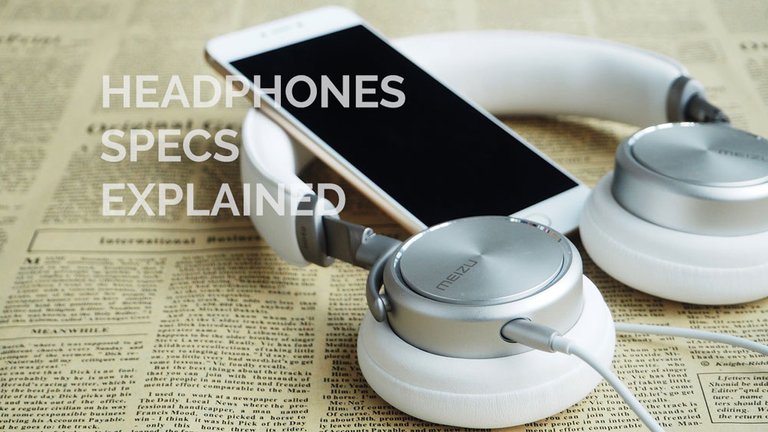

If I were not a physicist, I would probably be a musician. I often think in music. I live my daydreams in music. I see my life in terms of music. 
--- Albert Einstein
There are varieties of headphones and earphones and they all have something different to offer. Different types of headphones provide different types of audio output. But how and why does this happen? You may say high quality magnets are used in premium headphones, that's why they provide better quality music. Well, I cannot deny this fact, but this is just a small part of the whole story. There are many other technical factors which decide the quality music output of your headphones.
Although the technical details are present on the product box of the headphones, yet we never bother to read the fine print. But some of the curious people may read them but most of them don't understand a thing without the knowledge of how these technical specs affect the sound output.
So, through this post I will try to enhance your knowledge in these fields. I will discuss about different types of headphones and how different they sound. Then I will dive deeply into the technical factors like driver size, impedance, THD, SPL etc.
Types of Headphones
You may find three major types of headphones:
In-Ear Headphones
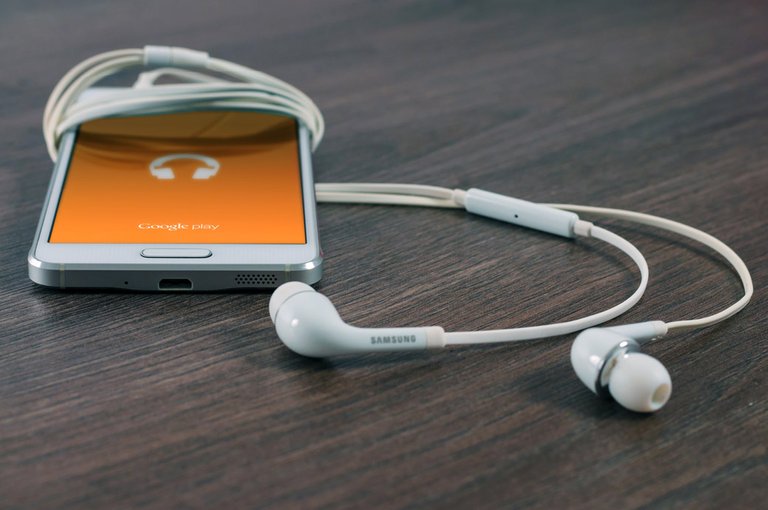 In-ear headphones
In-ear headphonesIn-ear headphones are also known as canal headphones as they sit directly inside the ear canal. As the sit near to the ear drums, they deliver excellent quality of music even at lower volumes. Again as they completely fill entrances of the ear-hole they provide good noise isolation. They come with a selection of different sized tips and it is crucial to choose the one that fits perfectly as loose tips may affect noise isolation and will be prone to falling out. Portability is a great advantage of in-ear headphones as they are very small in size. However due to their smaller size they cannot provide the all-round performance like that of larger sets.
On-Ear Headphones
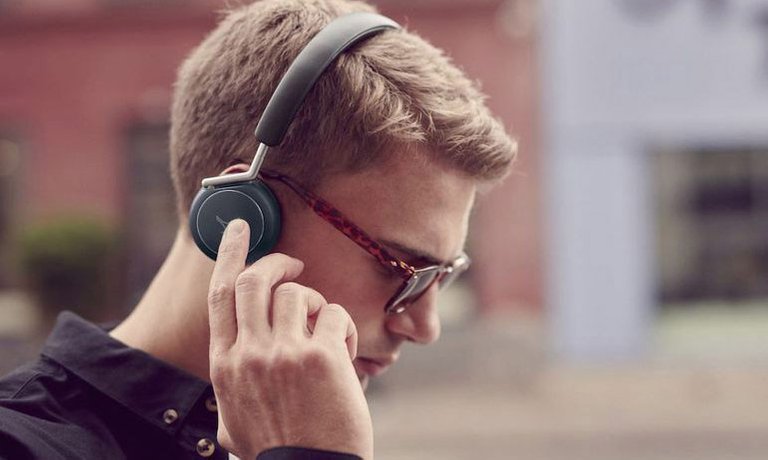
On-ear headphones | CNET
On-ear headphones are also called supra-aural headphones as they rest on the top of ear without actually enclosing the whole year. So, they are smaller and lightweight which makes them comfortable to use and easy to carry. Like in-ear headphones, they direct the music straight down the ear canal, but don't seal out the external noise completely, and may also leak the music to nearby people. So, they don't provide noise-isolation as good as over-ear or in-ear headphones. But unlike over the ear headphones they are less likely to trap heat around the ears and do not fall from the ear like what happens in in-ear headphones. So many people prefer on-ear headphones over in-ear headphones for their comfort and powerful audio quality. But sometimes they may be too tight and may squeeze the ear too tightly making it uncomfortable to use for a long time. So, it is important to choose a pair that fits perfectly.
Over-Ear Headphones
Over-ear headphones, also known as circumaural headphones encase the entire year. They are comfortable for long term use. Since have to enclose the entire ear, they are larger in size which make room for a larger driver that can deliver better bass and superior audio quality. Again as they completely enclose the ear, they reduce noise leakage and provide great noise isolation. But due to their bulky size they are less portable. However, these type headphones are preferable to music lovers.

Open-back and Closed-back Over-ear headphones
These over ear headphones are again divided into two variants: open back and closed back.
Closed Back: These are the most common type of circumaural headphones having the back of the ear cups sealed. Because of this they provide extreme noise isolation and clear audio.
Open Back: In this type of circumaural headphones the backs of the ear-cups are open. This makes sound leakage a feature of these headphones. Some audiophiles love this type of headphones, because they feel that these headphones deliver a more natural sound.
Technical Specs
Now it's time to discuss the other minute technical details which define the quality of sound output of a headphone. Let's discuss them one by one.
Drivers Explained
Drivers are the part of the headphones that actually make the sound. This is the part which converts the electrical signals into audible sound. This is usually a thin disc shaped machinery containing disc shaped magnet, coil, some chip and a diaphragm which vibrates to produce the sound. We cannot see them until with dismantle a pair of headphones. They are present inside each of the ear cups. There are two factors of drivers that can influence the quality of sound output: size and type.
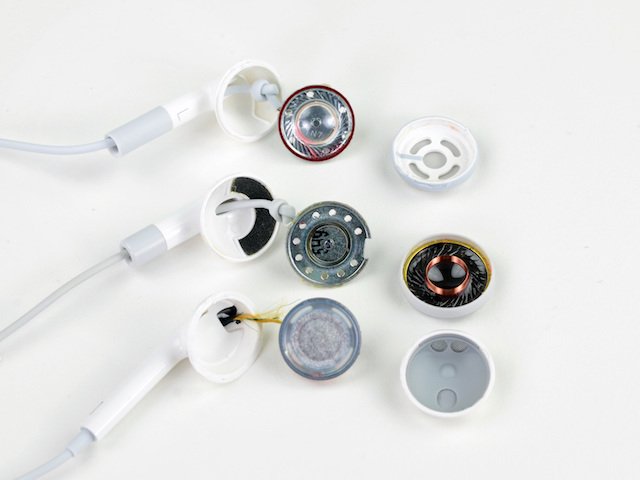
Headphone Drivers | MUO
Let's discuss about the size first. Driver size is generally measured in millimetres. It may range from 8-12 mm (in earbuds or in ear headphones) to 40-100mm (in on-ear and over-ear headphones). It is actually the measure of the diameter of the diaphragm. It is generally regarded that larger drivers produce the better quality audio but this is not a hard and fast rule. Although due to larger diaphragm size the bass may be little cleaner, yet it may not be that much powerful and may struggle in reproducing high frequencies (treble). However, a 40 mm or above driver is considered good for an over-ear headphone. But the in-ear headphones can hold only small driver so many of them contain more than one drivers, one for handling the bass and others for mid and high frequencies.
There are again different types of drivers which deliver different type of audio:
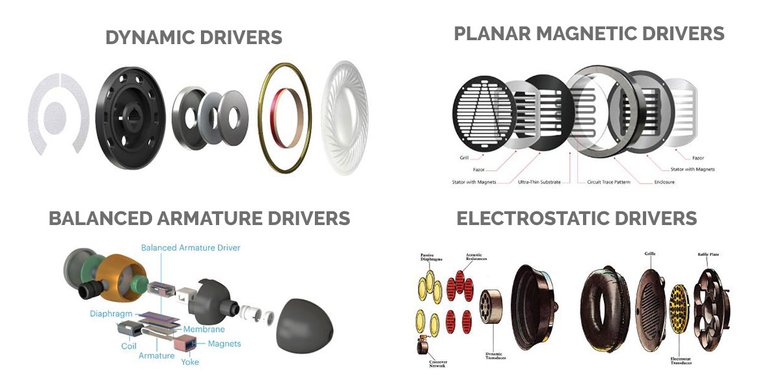
Different Types Headphone Drivers | Headphonezone
Dynamic Drivers are the most common type of drivers. You may find them in almost all on-ear headphones and many circumaural headphones. As they are larger in size they produce good bass but may lack subtlety.
Planar Magnetic Drivers, also known as Orthodynamics - they are a little different from dynamic driver. They create sound through an electromagnetic field and they are more airy and subtle. They produce highly accurate sound, giving you a correct idea of the music without too much additional modifications.
Balanced Armature Drivers are very small in size and used in earbuds and in-ear headphones. As discussed before some earphones use multiple armature drivers to reproduce different frequencies.
Last but the best, there are Electrostatic Drivers. As the name suggests, they use diaphragms that are electrically (electrostatically) charged. They are found only in super expensive and highly premium headphones. They produce brilliant music with incredible accuracy.
Impedance
Impedance is the most important spec you should know about. It is the measure of electrical resistance produced by a headphone. It is generally measured in Ohms. Headphones with higher impedance are more power hungry. So it is important take care of it when you are choosing a headphone. Impedance is generally less than or equal to 32 ohms in headphones designed for mobile devices. So these type of headphones use a low voltage and require a high current which sometimes creates a hissing sound. However, the impedance of some high-end headphones can be as much as 400 Ohms because of using more power they can produce audio with superior clarity but may require a dedicated amplifier to power them. In some cases, impedance mismatch can also create noise and sound distortions. So, it is not recommended to use high impedance headphones with smartphones and low impedance headphone with amplifiers.
Sensitivity and Sound Pressure Level (SPL)
Sensitivity is also related to impedance. It is a measure of how loud a pair of headphones will play at a given power level. It is also called Sound Pressure Level (SPL). It basically describes the efficiency of a pair of headphones. It is generally measured in Decibel SPL per milliWatt. So, higher the SPL rating louder will be your pair of headphones. To give you an idea, a sensitivity rating of 86dB SPL/mW is considered relatively low, while a rating above 110dB SPL/mW is on the high end.
Total Harmonic Distortion (THD)
Total Harmonic Distortion describes the level of distortion there may be when using a pair of headphones at a high volume. As we have discussed that audio is produced in headphones when the diaphragm of the driver vibrates. At high volumes, the diaphragm may not be able to vibrate fast enough thus creating a type of distortion in the sound output. It is measured in percentage. Most of the headphones generally have a THD of less than 1%. The lower the THD the better will be the sound output at high volumes. These days, headphone technology is so good that we see headphones with a THD of 0.1% percent and even less.
Frequency Range and Frequency Response
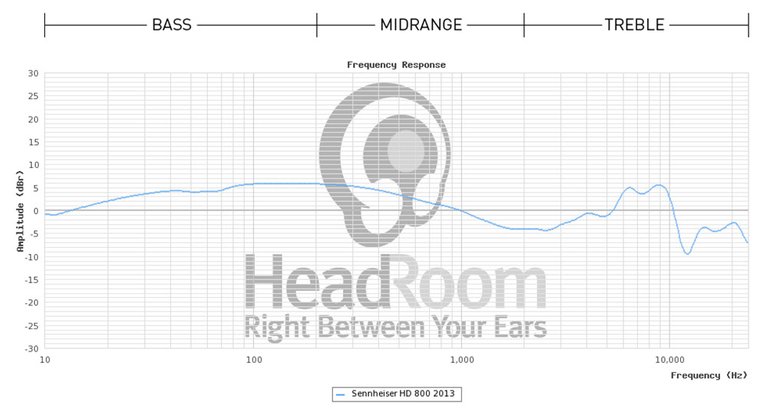
Frequency Response Chart | Headphone.com
This is basically the least useful spec of a pair of headphones. All the companies put a lot of emphasis on frequency range, in most of the cases they are all nonsense. Frequency range describes the range of frequency that a pair of headphones can play. Humans can hear a sound in the frequency range of 20Hz to 20KHz. But some companies advertise their headphones to have a frequency range of 5Hz to 42KHz which is totally nonsense, because anything higher than 20KHz is inaudible to us. But frequency ranges like 16Hz to 23KHz, which give a little wider range are good. As a general rule, frequency ranges - anywhere up to 22KHz - will be able to give a little more detail in their sound spectrum. It is generally regarded that lower the minimum frequency more will be the bass and higher the maximum frequency more will be the treble. The response or output that we get at different frequencies is known as frequency response. Some headphones also display a chart of frequency response or frequency curve, which shows how boosted or cut different frequencies are across the entire range a headphone can put out. So we can get an idea by analyzing the frequency curves as well.
Noise Cancellation and Noise Isolation
Some people get confused between noise cancellation and noise isolation. Let me tell you these two things are totally different. Headphones having a noise cancellation technology have a dedicated microphone which records the ambient noise, then creates an inverse sound wave and feed it back into the headphones to effectively cancel out the noise. It is more efficient in cancelling out constant low frequency noise, like the sound of the engine of an airplane. But it may not work for higher frequency noise like people talking around.
On the other hand, noise isolation is just a physical blocking of external noise which is achieved by the design of the headphones. A pair of headphones which perfectly seals the ear is said to have a good noise isolation. As we have discussed before, noise isolation is higher in in-ear and over-ear headphones.
The Conclusion
Understanding a headphone configuration is really a complicated task. But having some knowledge about these fundamental factors may give us an idea about how can a headphone produce the quality of music that we would love to listen to.
I hope this post will help a lot of people in choosing a pair of headphones that suit their preference for the type of music.
And again, thanks for reading. :)

Music produces a kind of pleasure which human nature cannot do without. 
--- Confucius
Image Source :
All the non cited images are either taken from Pixabay.com, Pexels.com, or Wikipedia.com and are available for Reuse under Creative Commons Licenses or created by me.
References
- https://en.wikipedia.org/wiki/Headphones
- https://www.headphonezone.in/pages/headphone-driver-unit
- https://en.wikipedia.org/wiki/Total_harmonic_distortion
- https://en.wikipedia.org/wiki/Noise-cancelling_headphones
Previous Episodes of the Series
- Tech Bits #1 : Five Tools to Make Your Online Study a Cakewalk
- Tech Bits #2 - Mediatek vs Qualcomm : Which Smartphone Processor Should You Choose?
- Tech Bits #3 - How does a Lie-Detector Machine (Polygraph) work? Is it Reliable?
- Tech Bits #4 - TeraHertz Imaging : Read Books Without Opening Them

For more discussion on this topic (or anything related to science), please join us on steemSTEM. SteemSTEM is a community driven project which seeks to promote well written/informative Science Technology Engineering and Mathematics postings on Steemit. More information can be found on the @steemstem blog.
Follow me @nitesh9



--- thinknitesh.com ---
All about earphones. Every detail we neglected. Nice post
Happy that you liked it. Thanks for stopping by. :)
Upvoted. I'm from teamIndia
Same here @nitesh9
Thanks bro. :)
Thanks bro. :)
This post has received a 0.66 % upvote from @buildawhale thanks to: @nitesh9. Send at least 1 SBD to @buildawhale with a post link in the memo field for a portion of the next vote.
To support our daily curation initiative, please vote on my owner, @themarkymark, as a Steem Witness